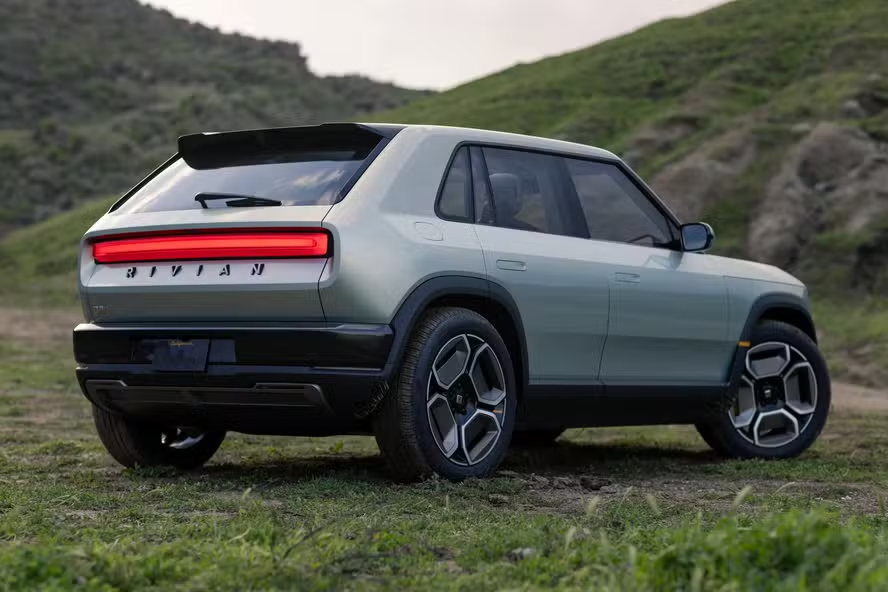In the fast-paced world of urban mobility, one of the most significant advancements has been the proliferation of fast EV charging stations. According to Bloomberg Green, the number of electric vehicles on the road worldwide surpassed 20 million in 2023, doubling in just two years. With this surge, the demand for efficient charging solutions has never been more critical. Fast EV charging stations are not just a convenience; they are a necessity that is reshaping how we think about travel and urban infrastructure. In this article, we’ll explore how these charging stations are revolutionizing urban mobility, the technology behind them, and how you can make the most of these advancements.
The Rise of Fast EV Charging Stations
Accelerating Adoption of Electric Vehicles
The global push towards sustainability has led to a dramatic increase in electric vehicle (EV) sales. AutoCar reports that in 2023, EVs accounted for 15% of all new car sales worldwide, a significant leap from previous years. This rapid adoption calls for a robust charging infrastructure to support the growing number of electric cars.
- Increased Range: Fast charging technology allows EVs to gain up to 200 miles of range in just 30 minutes. This development makes long-distance travel more feasible and convenient.
- Reduced Charging Time: With charging times now comparable to a coffee break, EVs are more appealing to urban drivers who value their time.
- Widespread Availability: Companies like Tesla, Rivian, and Hyundai are expanding their charging networks, making it easier than ever to find a charging station.
The Technology Behind Fast Charging
Fast EV charging stations utilize advanced technologies to deliver high power levels safely and efficiently. InsideEVs notes that the latest fast chargers can deliver up to 350 kW, significantly reducing the time needed to charge an EV.
- Direct Current (DC) Charging: Unlike traditional AC chargers, DC fast chargers deliver power directly to the car’s battery, bypassing the onboard charger for faster results.
- Smart Charging Systems: These systems optimize power delivery based on the vehicle’s capacity and battery condition, ensuring efficient and safe charging.
- Integration with Renewable Energy: Many fast charging stations are now powered by renewable energy sources, contributing to a greener grid and further reducing the carbon footprint of EVs.
Transforming Urban Landscapes
The Impact on City Infrastructure
Fast EV charging stations are transforming urban landscapes, integrating seamlessly into city infrastructure and providing numerous benefits.
- Reduced Emissions: By supporting more EVs, fast charging stations help cities reduce air pollution, contributing to healthier urban environments.
- Economic Growth: The installation and maintenance of charging stations create jobs and stimulate local economies.
- Enhanced Urban Planning: Cities are incorporating charging stations into public spaces, parking lots, and even transit hubs, making EV ownership more practical for apartment dwellers and urbanites.
Practical Tips for EV Owners
Navigating the world of fast EV charging can be daunting, but with a few tips, you can make the most of this technology.
- Plan Your Routes: Use apps like PlugShare or ChargePoint to locate fast charging stations along your route.
- Understand Your Vehicle’s Capabilities: Know your car’s charging limits to ensure compatibility with fast chargers.
- Take Advantage of Off-Peak Hours: Charging during off-peak hours can save money and reduce strain on the grid.
Evaluating Charging Networks
Leading Networks to Consider
When choosing a fast charging network, consider the following factors to ensure you have the best experience possible.
- Coverage: Tesla’s Supercharger network and Electrify America offer extensive coverage across major routes.
- Pricing: Compare pricing structures, as some networks offer subscription models or pay-as-you-go options.
- User Experience: Look for networks that provide a seamless experience with user-friendly apps and 24/7 customer support.
What to Look For
- Speed: Ensure the charger can deliver at least 100 kW to make the most of fast charging capabilities.
- Accessibility: Check for stations that are easily accessible and located in safe, convenient areas.
- Compatibility: Make sure the chargers support your vehicle’s charging standard, whether it’s CCS, CHAdeMO, or another.
Conclusion: The Future of Urban Mobility
Fast EV charging stations are not just a technological advancement; they represent a shift towards a more sustainable and efficient urban future. By reducing charging times and integrating with renewable energy sources, these stations are crucial in supporting the rapid growth of electric vehicles. As cities continue to evolve, the role of fast charging stations will only become more prominent, shaping the way we live and travel.
Are you ready to embrace the next generation of urban mobility? Share your thoughts and experiences with fast charging stations in the comments below. As we move forward, keep an eye on emerging technologies and trends that will continue to revolutionize how we navigate our cities. With the momentum we’ve built in 2023, the possibilities are truly electrifying.

